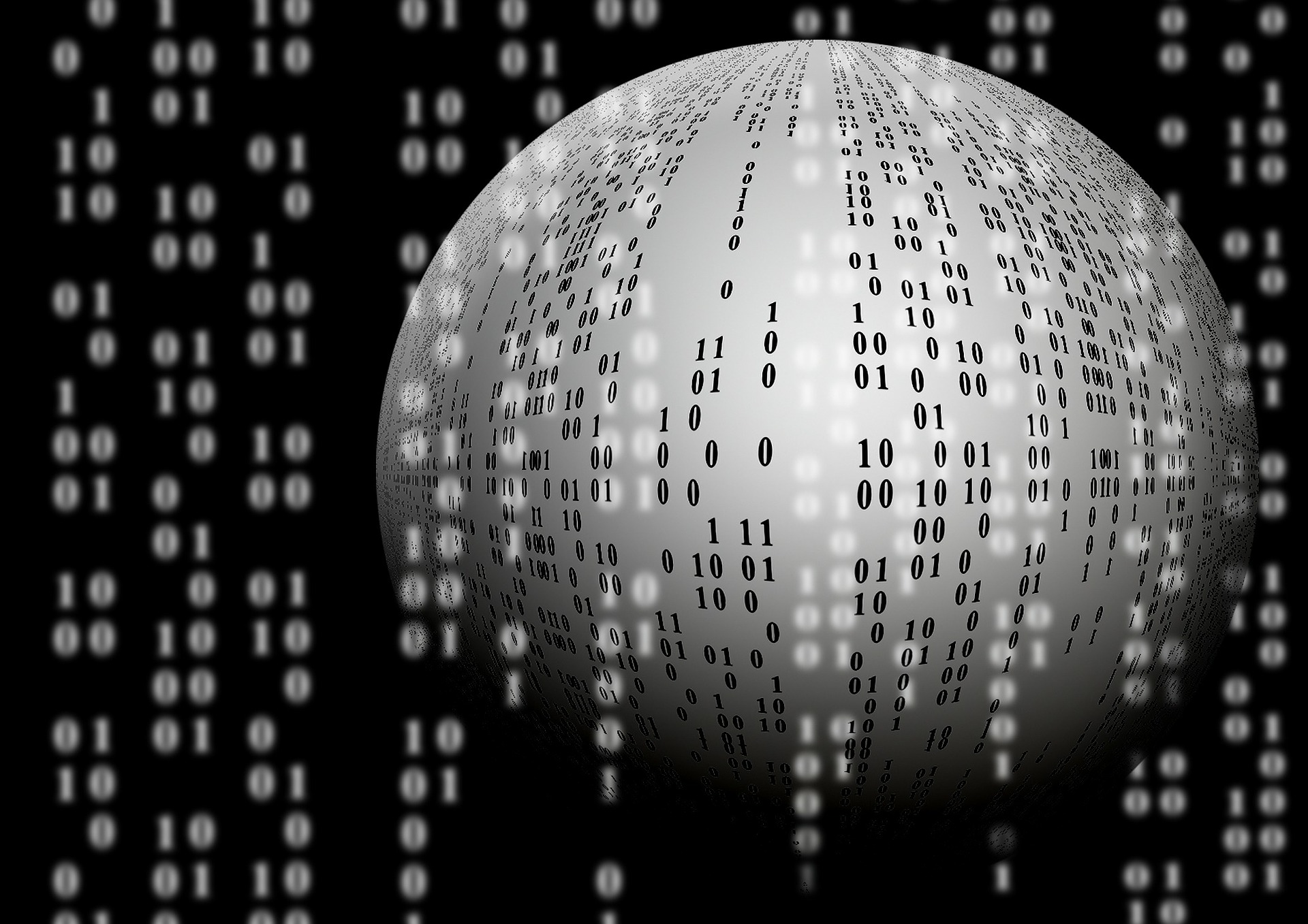Just the day before yesterday, Mu Changchun, Deputy Director of the Payment and Settlement Department of the Central Bank, offered a paid course on "Frontiers of Technology and Finance: Libra and Digital Currency Prospects" which was launched on the Get app. I bought this course for the first time and listened to all the content in detail. Next, I will make a summary and analysis of the key notes of this course.

 Before that, I would like to give you a benefit. I have purchased this course, and I can share the knowledge red envelope so that everyone can read all the courses for free. This benefit is placed at the end of the article. Since I don't use the APP many times, the weight is not high, and there are few free places, so hurry up and grab it.
Before that, I would like to give you a benefit. I have purchased this course, and I can share the knowledge red envelope so that everyone can read all the courses for free. This benefit is placed at the end of the article. Since I don't use the APP many times, the weight is not high, and there are few free places, so hurry up and grab it.
secondary title
Blockchain is not suitable for payment, and there are two major flaws in blockchain technology:
1. The problem of scalability. The biggest flaw of the blockchain is scalability, that is, TPS (the number of systems processed per second), so it is very inefficient to use blockchain technology for payment.
2. The problem of data storage. Each node in the blockchain network needs to save all transaction data, and the data storage requirements are high.
Libra is not a pure blockchain, it avoids the shortcomings of the blockchain and adopts a hybrid architecture. The bottom layer is from a centralized structure, and the settlement layer uses blockchain, so it is faster and more suitable for payment.
Personal evaluation:
secondary title
Libra Difficult to Achieve Currency Stability
The asset reserve of a basket of currencies is not equal to the peg of a basket of currencies
Asset reserve of a basket of currencies: If US dollars are used as asset reserves, how many dollars can be issued to issue as many currencies.
A basket of currencies is linked: that is, the exchange rate of two currencies remains unchanged, for example, the exchange rate between the US dollar and Libra remains unchanged.
secondary title
Bitcoin does not have the functions and attributes of currency at all
Money has three basic functions:
1. Trading medium, for example, early humans used shells and precious metals as trading medium, the key is to reach a consensus.
2. Value storage, the value should be stable.
3. The unit of account, commodities need currency to mark prices.
Bitcoin does not have the functions and attributes of currency at all. Except for the underground economy, there are almost no real payment scenarios, let alone the functions of value storage and value measurement, because the price fluctuates too much.
Personal evaluation:
secondary title
Libra may replace the currencies of weak countries
In countries with strong currencies, there is not much room for Libra. For example, the US dollar is a global hard currency, and it is easier for Americans to hold their own currencies.
In countries with weak currencies, the domestic currency lacks liquidity and security. Libra may become a safe asset choice for local residents in some countries with high inflation, unstable exchange rates, and depreciation expectations, thereby forming a currency substitute.
Personal evaluation:
secondary title
The central bank's digital currency DCEP is "digital banknotes"
The functions and attributes of the central bank's digital currency are exactly the same as paper money, except that its form is digital. And has the following characteristics.
1. No bank account is required, the mobile phone is equipped with a DCEP digital wallet to trade, no bank account is required, and in the absence of the Internet, two mobile phones with wallets can be transferred by touching.
2. It has unlimited legal compensation. Like cash, it cannot refuse to accept DCEP.
3. It has a certain degree of anonymity and protects the privacy of ordinary transactions.
Personal evaluation:
secondary title
Why does the central bank's digital currency adopt a dual operating system?
1. Fully mobilize existing resources, mobilize and exert social power
Adopting a single-tier operation means that the People's Bank of China has to face all consumers and it is difficult to deal with it. However, the existing commercial banks have relatively mature IT infrastructure applications and service systems, have accumulated a lot of experience in financial technology, and have a relatively sufficient talent pool. Go start anew and repeat the construction.
2. Avoid financial disintermediation
The People's Bank of China adopts direct docking with users, which means that the People's Bank of China will become a competitor of commercial banks. As soon as ordinary people exchange digital currency, they will transfer the deposits of commercial banks to the People's Bank of China. In this case, the financing costs of commercial banks will increase, and the real economy will be damaged as a result.
Note: The so-called "financial disintermediation" means that under financial control, the supply of funds bypasses the commercial banking system and is directly sent to the demand side and financiers to complete the extracorporeal circulation of funds.





